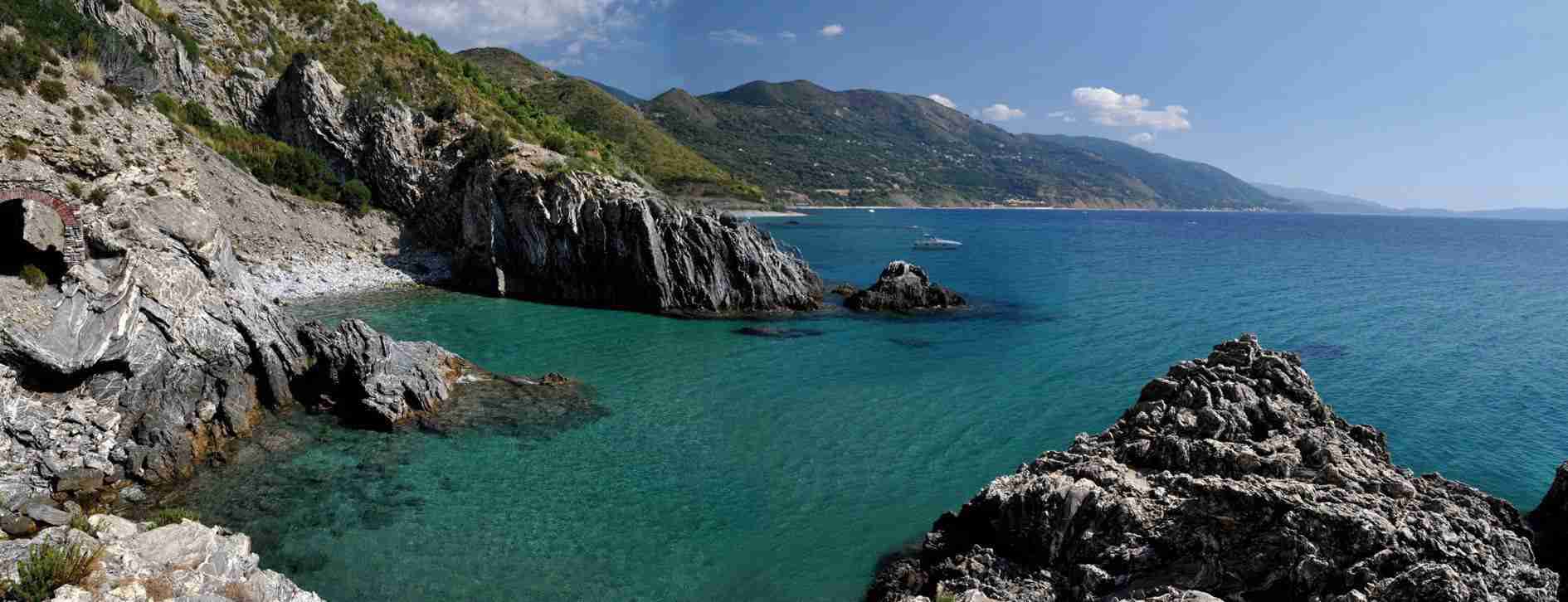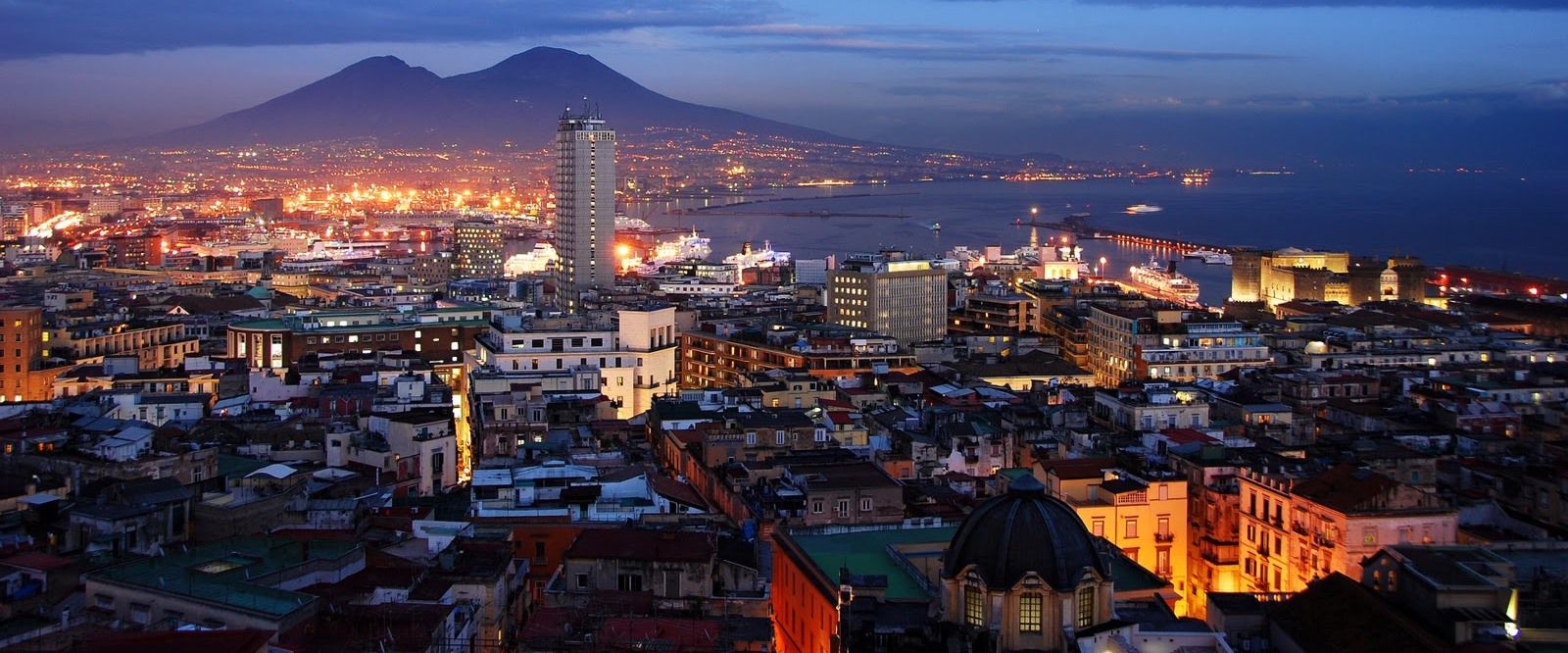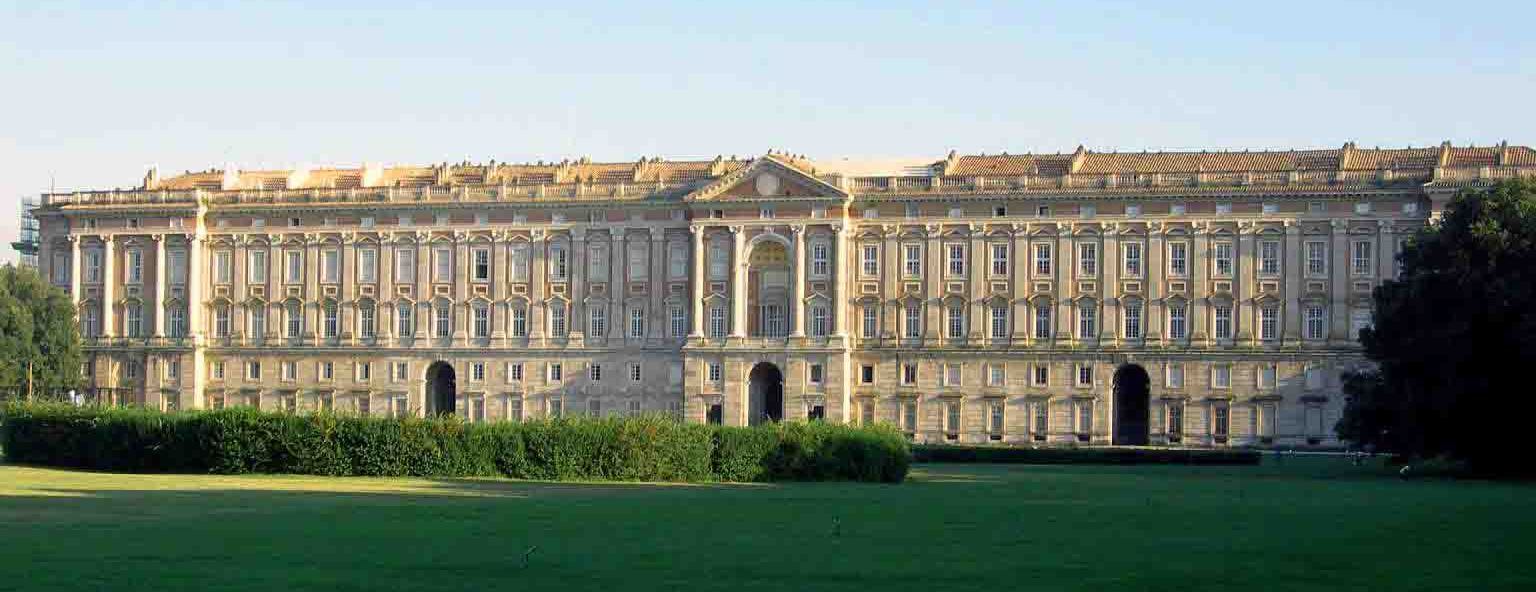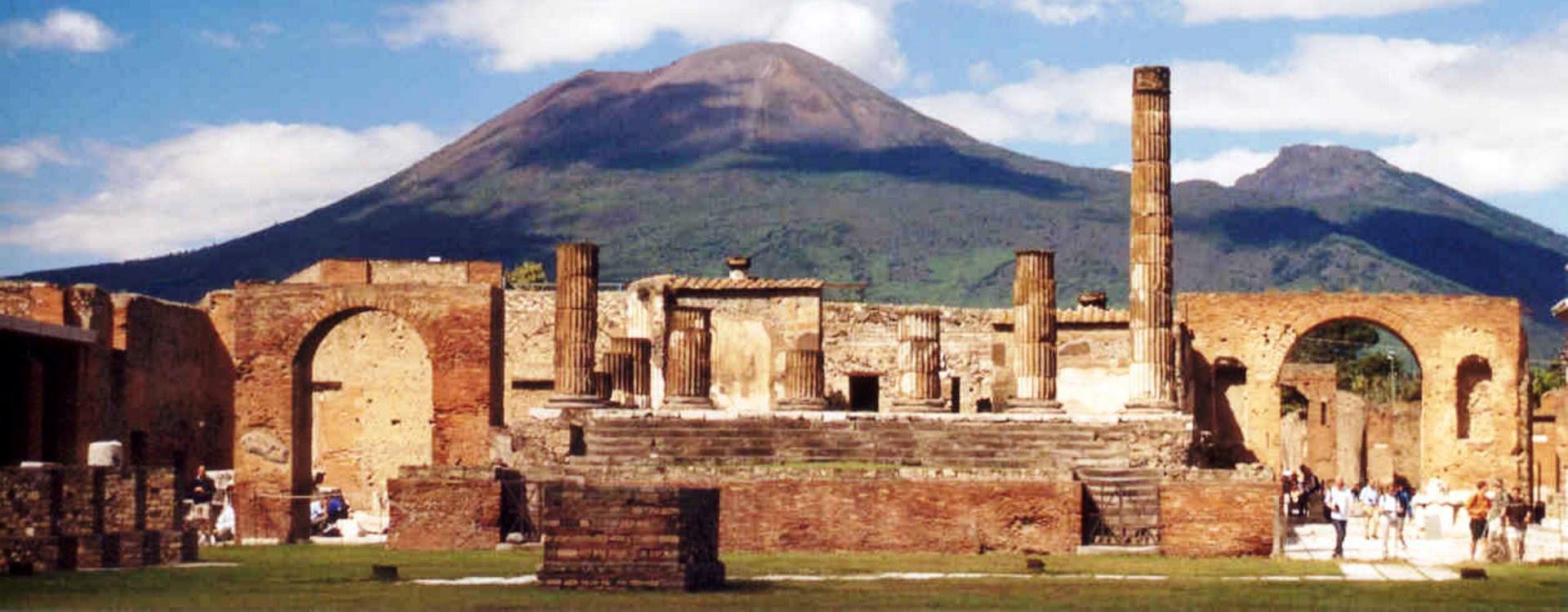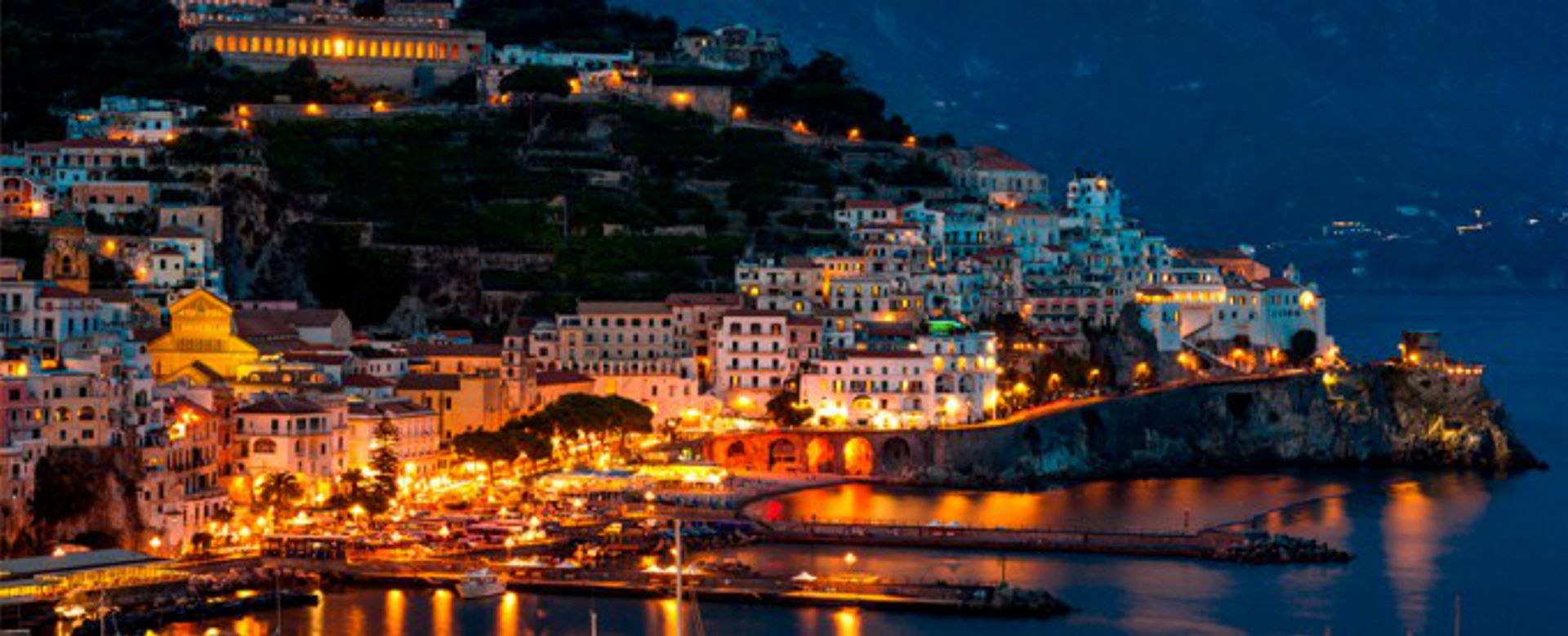CONTATTACI ALLO 089820081
This is one of the largest areas in the Campania, stretching from the inland mountains down to the sea. Cilento is a territory with lots to explore, including mediaeval villages, woods and hills, history and culture, and well-known seaside resorts.
This area lies south of Salerno. Nowadays, the major part of it is contained within the Cilento and Vallo di Diano National Park, the second largest of its kind in Italy. There are 80 municipalities inside the Park, plus another 15 in adjoining areas, including Paestum, Padula e Pertosa.
Thanks to the numerous awards they have won for the quality of their water and services, these seaside towns are very popular with visitors during the summer. The resorts of Castellabate, Montecorice – Agnone and Capitello, Pollica – Acciaroli and Pioppi, Casal Velino, Ascea, Pisciotta, Centola-Palinuro, Vibonati – Villammare and Sapri all achieved “Blue Flag” status in 2011. The Cilento area can also boast many of the “Sails” awarded by the environmental watchdog, Legambiente.
Apart from its beaches, the territory is also rich in natural beauty, history and legend. The special combination of natural landscape and exceptional cultural sites has earned the Park a place in the list of UNESCO world heritage environments.
But Cilento is also an area where you can live well, and it was here that the “Mediterranean diet” was born. This is a real lifestyle which includes not only nutrition, but also a landscape, ways of cultivation and harvesting, and methods of preparing food.
A visit to the historic centre of Naples is a truly fascinating experience. It is a tour amongst churches, mansions and places of art which have witnessed many centuries of changing cultures, each one leaving its own indelible trace.
This is really a unique city: for its size, its structure, the number of monuments it contains, and the density of its population. Due to its special nature, the old centre of Naples has been classified as a UNESCO World Heritage site since 1995.
The visitor who lingers here is immediately immersed in the history of the place. This is a living city, still inhabited by its people, as you can see by the many little shops lining its streets. However, Naples is also something of a mystery: popular legends and arcane beliefs all merge together here and accompany you along your trail.
Our voyage through time begins at San Leucio, the Baroque dream of the Bourbon King Ferdinand. The original hunting lodge, known as the “Belvedere” because of its beautiful view, was transformed by this monarch into a huge centre of silk production. The site became famous worldwide for the splendour of the royal apartments, the beautiful gardens, the workers’ colony, the twisting machines and looms. Another unique example of Baroque architecture is the royal estate of Carditello, at San Tammaro, the hunting reserve of King Charles of Bourbon. Just a few kilometres away is that supreme example of the Baroque and true Versailles of Italy: the Royal Palace of Caserta. It is a real showpiece of marble, ornate decoration, and gilded and painted plaster. The park, with its huge fountains and romantic garden of Queen Catherine, is also well worth a visit. Travelling another 10 kilometres, the final stop in our little journey through time takes us back to the mediaeval ages, with Caserta Vecchia. This historic village is a warm, welcoming ochre colour, thanks to the volcanic tuff used in building the cathedral, the bell-tower, the castle, and the little streets throughout the village. Our brief tour of the Caserta area would not be complete without tasting the wine of the emperors, “Falerno del Massico”, produced just a few kilometres away. Ideally, this should be accompanied by some of the famous local buffalo mozzarella, or the succulent meat of the black Caserta pig. These are very memorable sights and flavours, to nourish the spirit… and the body as well.
Situated on a rocky plain, formed by volcanic activity in ancient times, stands the city of Pompei: the town covered by 6 metres of ashes and lava pellets during the famous eruption of Vesuvius in AD 79. As a result of this catastrophic event, it is now possible for us to visit a real Roman city. The first ring of walls was built between the 7th and early 6th centuries BC, enclosing an area of about 63 hectares. Towards the end of the 5th century BC, at the time of the Samnites, Pompeii was considerably built up, and this urban development continued into later centuries. In 80 BC, the town became a Roman colony, by the name of Cornelia Veneria Pompeianorum. The city contains many examples of public buildings (the Forum with the Capitolium, the Basilica, the administrative buildings, structures dedicated to the Imperial cult, the macellum (indoor market), the public baths, and area of the theatres and amphitheatre), as well as private residences (The House of the Faun, the House of the Tragic Poet, the House of Menander, the House of the Chaste Lovers, and the Villa of the Mysteries). All of these help us to understand the structure of this ancient city, with both its artistic aspects and those linked to everyday life.
It is no exaggeration to describe the Amalfi Coast as one of the world’s most beautiful places. There is the sheer, undulating coastline, the clear blue water, the amazing views, the historic sights, and the typical local villages. All of this area is classed as a UNESCO heritage site. Just a short distance from Salerno is Vietri sul Mare with its traditional pottery. Then there is Ravello, a spiritual homeland, elegant Positano, and historic Amalfi. These are not only summer holiday resorts, but also places attracting tourists in every month of the year.
We must also mention the wonderful cooking, the wine of the Amalfi coast, and the special PGI limoncello liqueur. Then you have the anchovy sauce, typical of Cetara, and the delicious tuna.
Every corner is a feast for the eyes, and every village is worth exploring. Anyone coming to Campania simply has to visit this lovely area.
On the one hand, there is the fascinating mediaeval culture of the old city centre, on the other the many modern venues to be found in the local area. Salerno is a city to experience and discover. There is the Cathedral dedicated to Saint Matthew, the famous Arechi Castle, and the Minerva Garden, birthplace of the Salerno Medical School. And then, there are the many young people going out to enjoy the night-life. University students and Italian and foreign tourists all pass through here. Salerno is indeed a vibrant hub, situated between the beautiful Amalfi coastline and the towns of the Cilento region.
SHUTTLE SERVICE TO THE UNIVERSITY '
Contact Info
Via Spiano, 2/5
84085 Mercato San Severino, Italy
Tel-Fax: +39 089820081
Email: info@residencesanseverino.it

